Car industry shifting to accommodate import
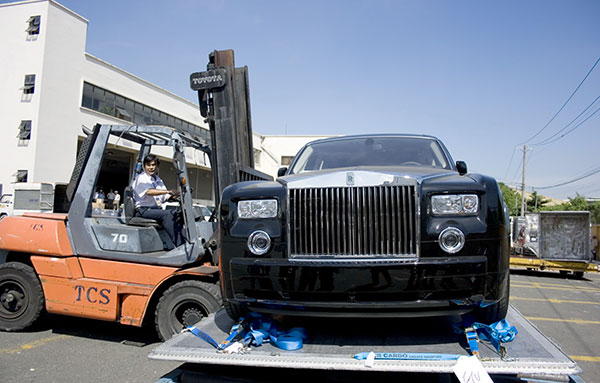 |
Vietnam has imported twice as many new vehicles since the beginning of 2017, when the import duty on cars from the ASEAN was lowered to 30 per cent. According to the General Department of Vietnam Customs, the country spent around $116 million on importing 4.900 vehicles in the first half of January, more than double than a year ago.
Kenichi Horinouchi, general director of Mitsubishi Motors Vietnam (MMV), attributes the strong surge to left-over demand from December being spurred by the ASEAN tariff reduction. It does not reflect an annual trend for the car business, although some brands have adjusted their strategy to tackle growing auto imports.
According to Horinouchi, MMV is not only expanding retail- based on import cars, but is also looking to enhance production in Vietnam to a new scale. Mitsubishi’s sales target in 2017 is more than 8,000 units.
As auto imports are predicted to lead the market in the coming years, billions of dollars have been spent on developing car distribution networks, instead of manufacturing. In 2016, the automobile retail and after-sales sectors ranked second overall among the sectors attracting the most foreign direct investment (FDI), following real estate with 505 newly-registered projects, according to the Ministry of Planning and Investment.
Laurent Genet, general director of the official Audi importer in Vietnam, told VIR that indeed all automotive companies—local or foreign-owned—have made long-term commitments to Vietnam and are investing to develop retail and after-sales to attend customers better.
In 2016, the Vietnamese automotive market exceeded the 300,000 unit milestone, including used vehicles imports. The market will continue to develop as the vehicle ownership rate is still low, while the authorities are enforcing regulations for cargo loading and technical testing for commercial vehicles. As cities turn into megacities, automotive brands need to expand their dealership networks to reach customers and increase their geographical coverage.
“In Audi’s case, we opened Audi Danang in 2015 and will build a new 10,000-sqm Audi dealership in Ho Chi Minh City this year. Regarding local production, we reckon that completely knocked-down (CKD) assemblers with established facilities will continue to invest in local production for models they deem strategic to Vietnam, despite the small-scale production,” he noted.
Other ASEAN countries, such as Thailand, Malaysia, and Indonesia, issued clear automotive policies and incentives over time which attracted automakers and second to third-tier parts suppliers. Local sourcing being limited in Vietnam, almost all components for assembly are imported which is costly in terms of transport, packaging, and import taxes.
As the local content is reaching about 10 per cent on average, except Toyota Innova’s 37 per cent, vehicles made in Vietnam do not qualify for the 40 per cent local content value threshold to benefit from the preferential import within the ASEAN. By 2018, the zero per cent import tax for ASEAN completely-built units, unlike that on CKD kits, will present further issue for local assembly.
In 2016, CKD assemblers started to switch to CBU imports from the ASEAN, mostly Thailand, even for key CKD models previously assembled in Vietnam. Thailand, Malaysia, and Indonesia have vehicles with right hand drive, thus there will be a cost to adapt to Left Hand Drive to be able to export to Vietnam. The expected volume may or may not justify these costs. Imported premium CBU brands have been competing successfully with locally assembled Mercedes-Benz models. So far, Audi, BMW, and Lexus are making headways.
“Audi Vietnam was proactive in implementing a right-sizing strategy—starting as early as 2015 with Audi Q7 2.0 TFSI—by launching models with more compact engines delivering more power and consuming less petrol. Vietnamese customers acknowledged and appreciated this shift. We will continue in 2017,” he noted.
| RELATED CONTENTS: | |
| Vietnam imports more cars as tariffs drop | |
What the stars mean:
★ Poor ★ ★ Promising ★★★ Good ★★★★ Very good ★★★★★ Exceptional
Latest News
More News
- MB aiming for 30 million customers by end of year (April 22, 2024 | 17:43)
- Vietnam central bank postpones gold bar auction (April 22, 2024 | 15:27)
- Freshfields promotes Eric Johnson to international partnership in Hanoi (April 22, 2024 | 08:00)
- Vietnam asks Apple to make it global production base (April 16, 2024 | 16:11)
- Experts give insight into Vietnam's retail sector (April 16, 2024 | 09:00)
- Amendments to gold regulations on agenda (April 12, 2024 | 16:10)
- PV Power secures $300 million loan to fund LNG plants (April 10, 2024 | 17:06)
- Wartsila CEO explores outlook of Vietnam's energy transition (April 10, 2024 | 15:22)
- Driving dual transformation (April 09, 2024 | 17:05)
- Development highlights in Q1 through expert’s lenses (April 08, 2024 | 16:48)



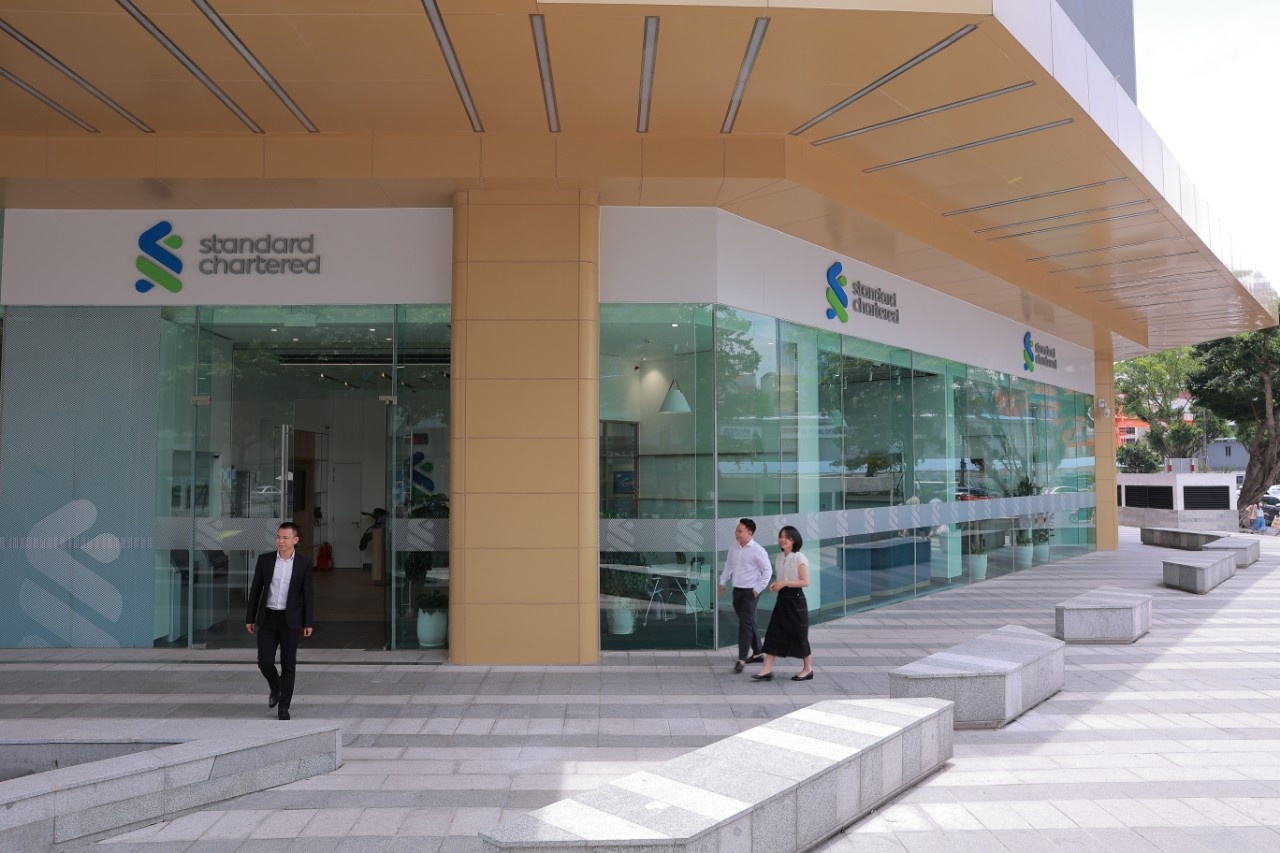

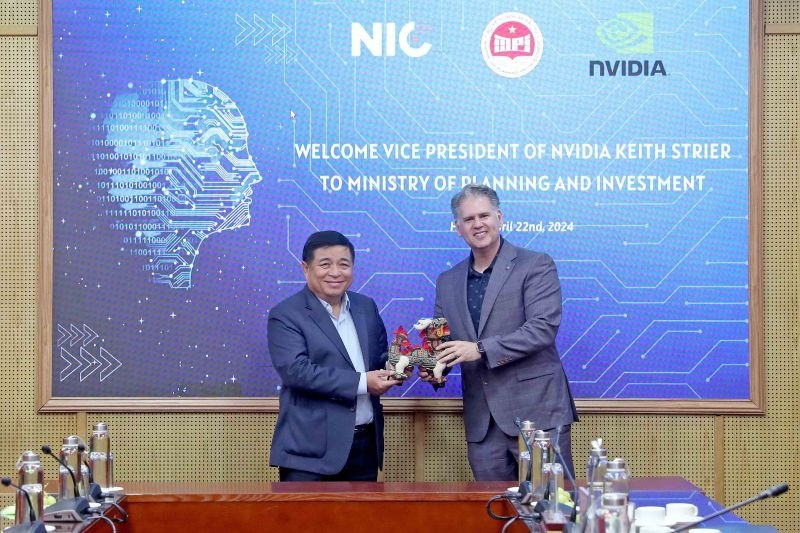
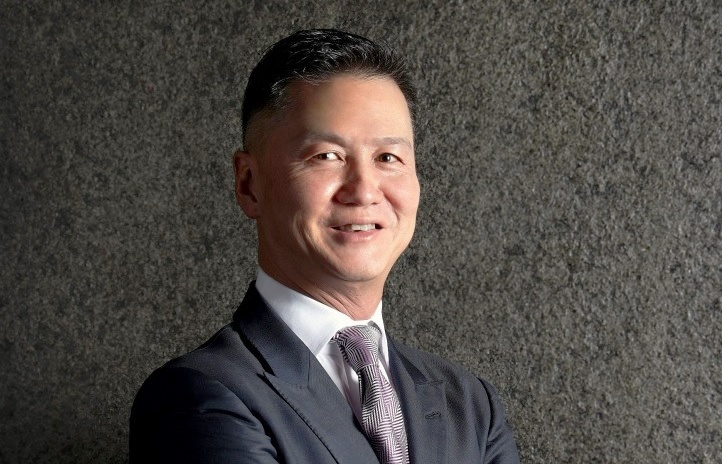
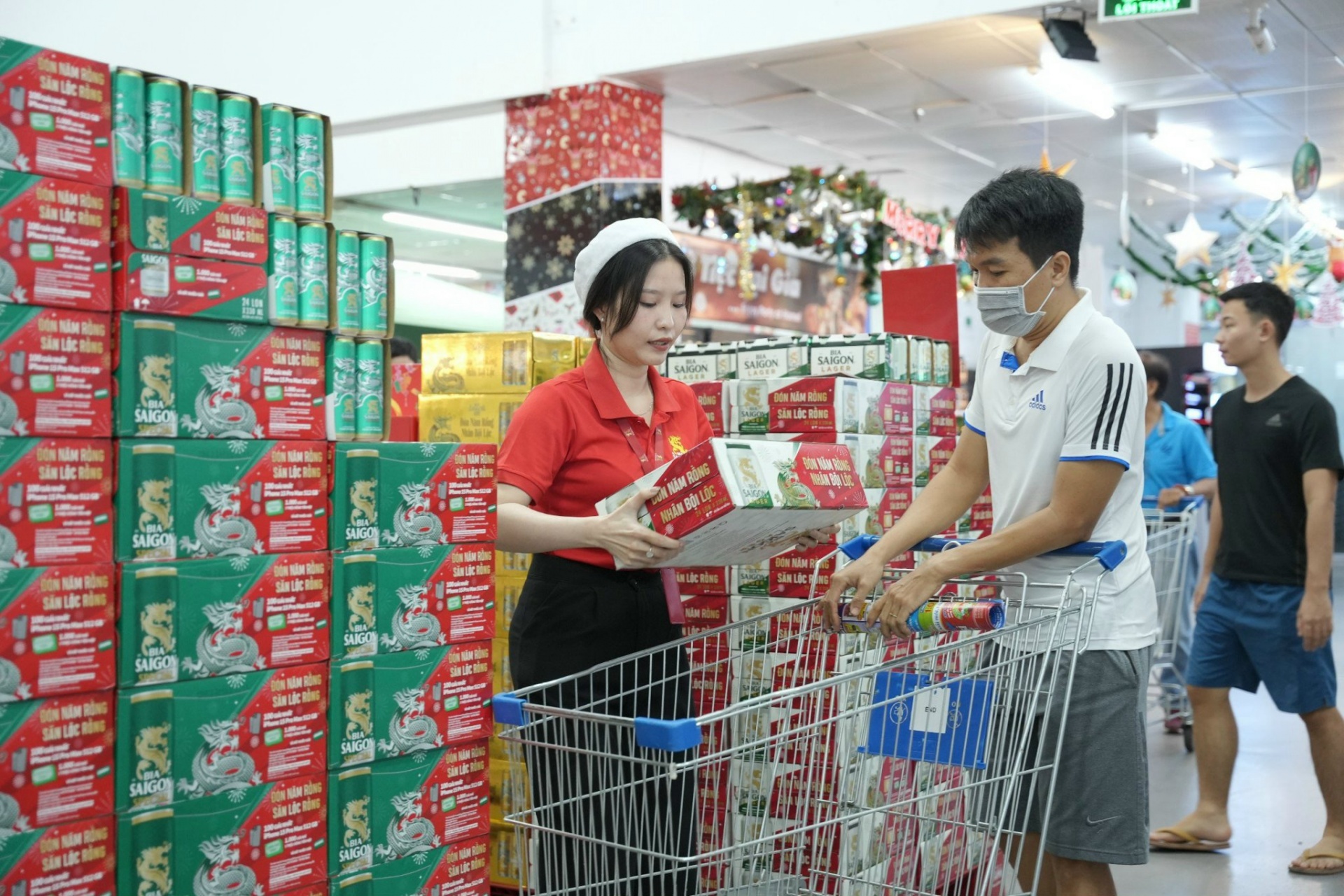
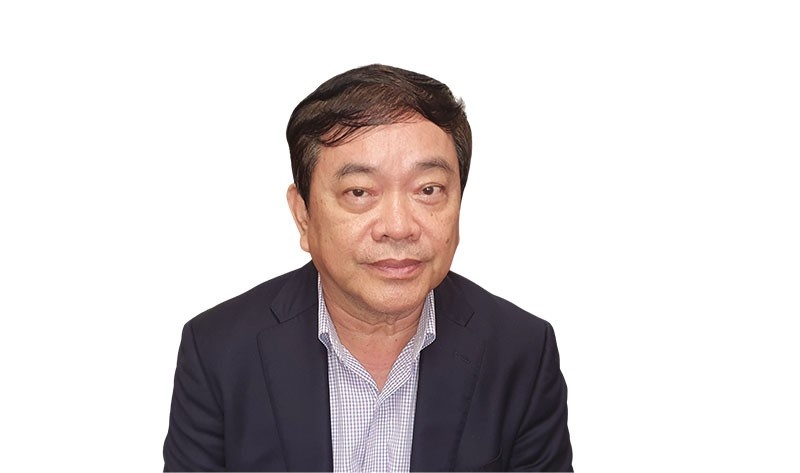



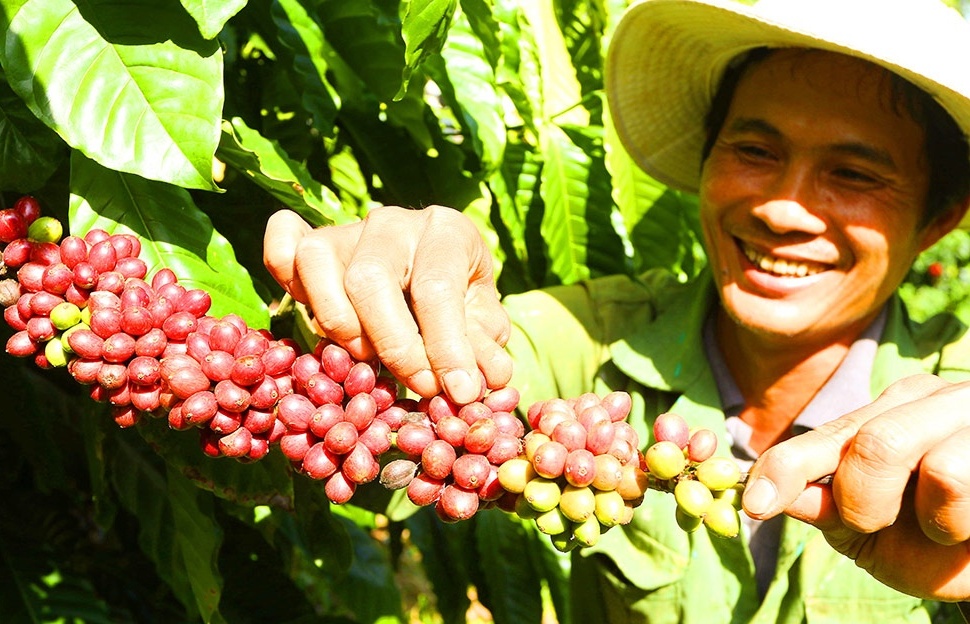
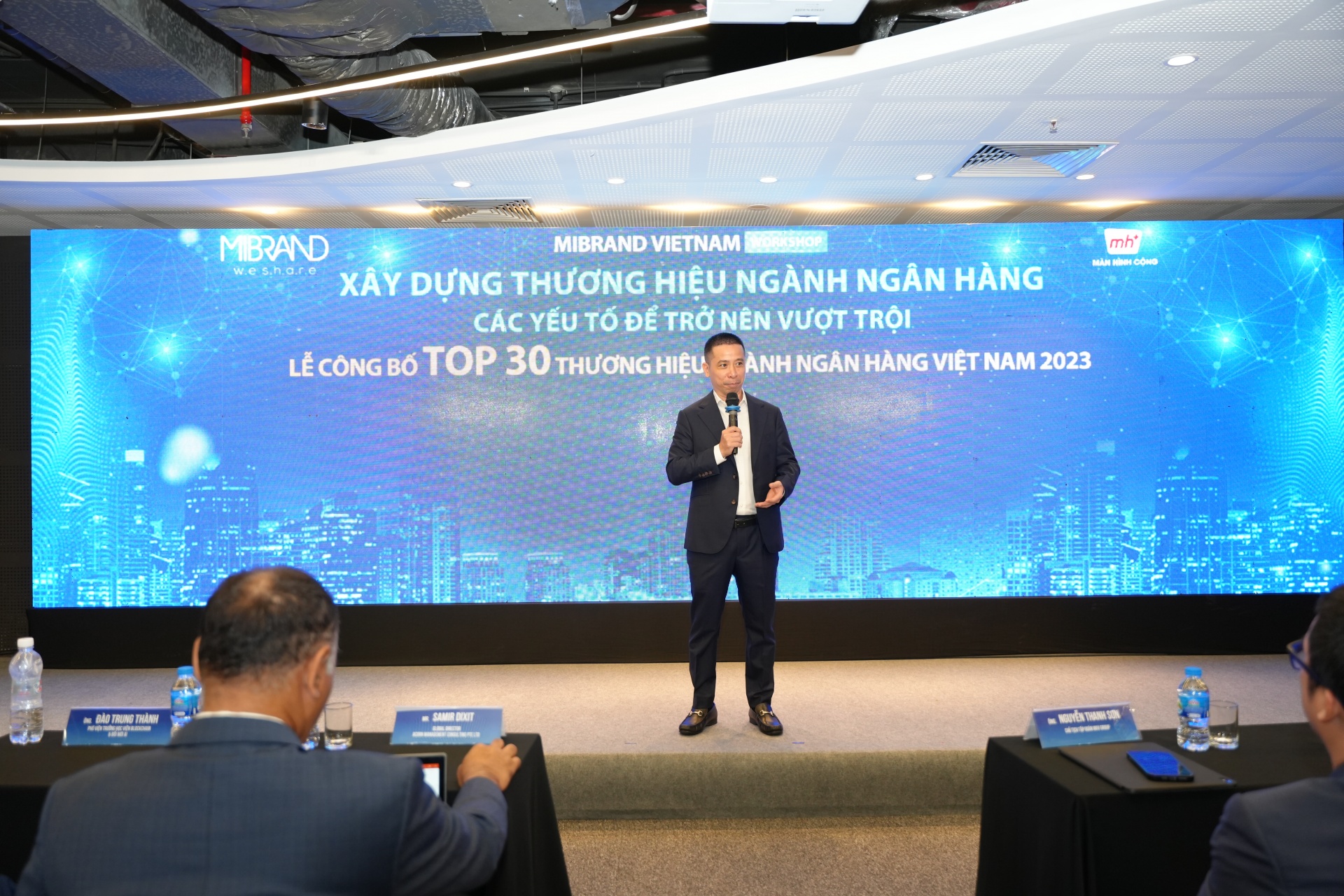



 Mobile Version
Mobile Version